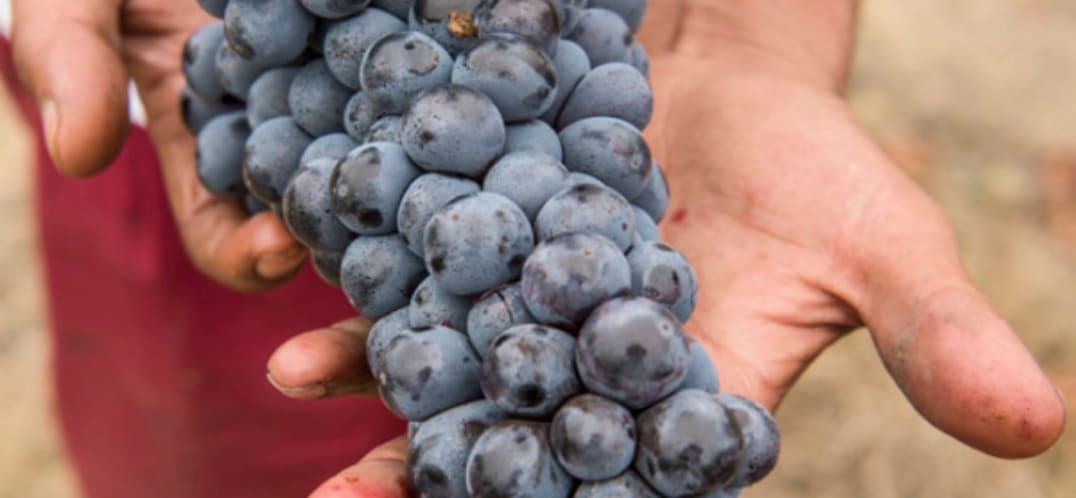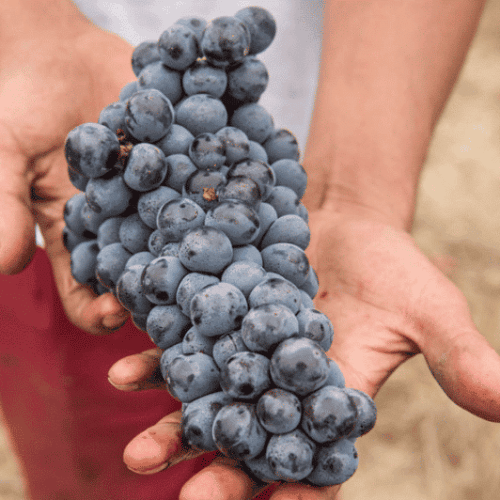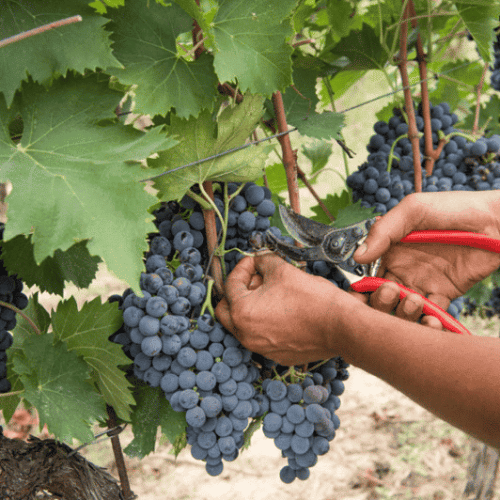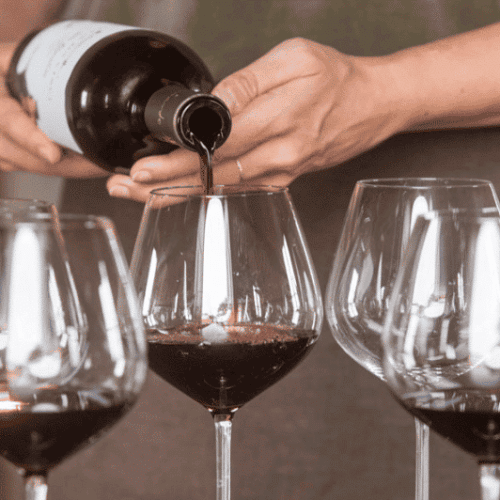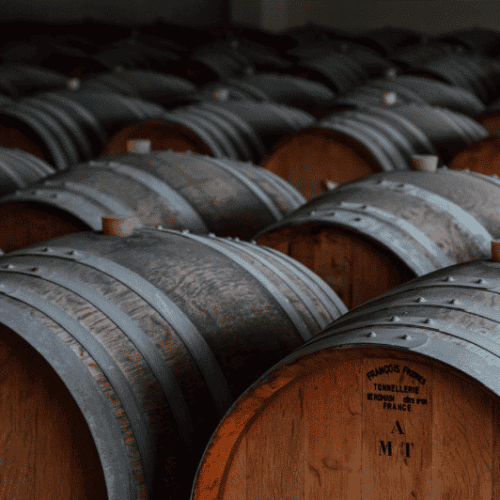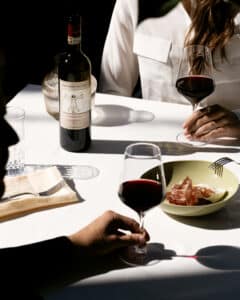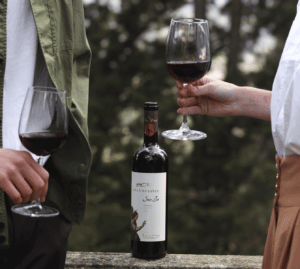When we talk about “blend“, we are describing a very important oenological operation that involves combining two or more wines to obtain a single blend. The word “blend“, therefore, is synonymous with a mix of different grapes that make up a single wine.
The art of blending is the result of a profound knowledge and experience, as well as an iterative process that combines technical analysis and careful tasting, in order to arrive at what can be called the “perfect recipe”.
Why are blends used in the cellar?
Cantine Leonardo da Vinci has also created blends that are highly appreciated not only by wine lovers, but also by wine critics. Firstly, S.to Ippolito Toscana Rosso IGT – awarded 99/100 by Luca Maroni in the nell’Annuario dei Migliori Vini Italiani 2020 – the result of the skillful blending of 40% Sangiovese, 30% Merlot, 30% Syrah grapes. This red wine has an international soul which blends the harmony, consistency, balance and aroma of each of its compositional varieties. The Governo all’Uso Toscano of the Leonardo da Vinci collection is more linked to the Tuscan winemaking tradition: a red wine made from Sangiovese and Merlot grapes (of which a small percentage is dried using the passito method), first vinified separately and then blended to continue their aging in steel. A full-bodied red with a pleasantly elegant finish.
The birth of Supertuscans: the famous Italian blends
Among the famous Italian blends, the most well-known are the revolutionary “Supertuscans“. The term, coined in the 1980s by the American wine critic Robert Parker, encompasses the Tuscan red wines which, in an era still rigidly linked to the winemaking tradition, deliberately moved away from the production disciplinary, deviating from the rules of Chianti DOC. The aforementioned denomination provided for the use of only native vines of the production area (such as Sangiovese or Canaiolo). However, in Supertuscan wines, Tuscan producers begun to combine international varietals such as Merlot, Syrah, Cabernet Sauvignon, Cabernet Franc alongside Italian Sangiovese.
Have you ever heard of Sassicaia? This was the pioneering wine at the end of the 1960s, when the Marquis Mario Incisa della Rocchetta of Tenuta San Guido was the great pioneer of the Supertuscans. Sassicaia is an Italian red wine of French inspiration. It is perhaps the most successful example of an Italian blend inspired by the French combination known as the called “Bordeaux blend”, which in this wine involves the use of Cabernet Sauvignon vines (about 80%) and Cabernet Franc (about 20%).
Following Sassicaia, many other blending experiments were carried out in Tuscany. It would be impossible not to mention the famous labels by Antinori, now known all over the world: Tignanello which mixes Cabernet Sauvignon with Sangiovese; and Solaia, which uses Cabernet Sauvignon, Merlot, Cabernet Franc and Petit Verdot.
